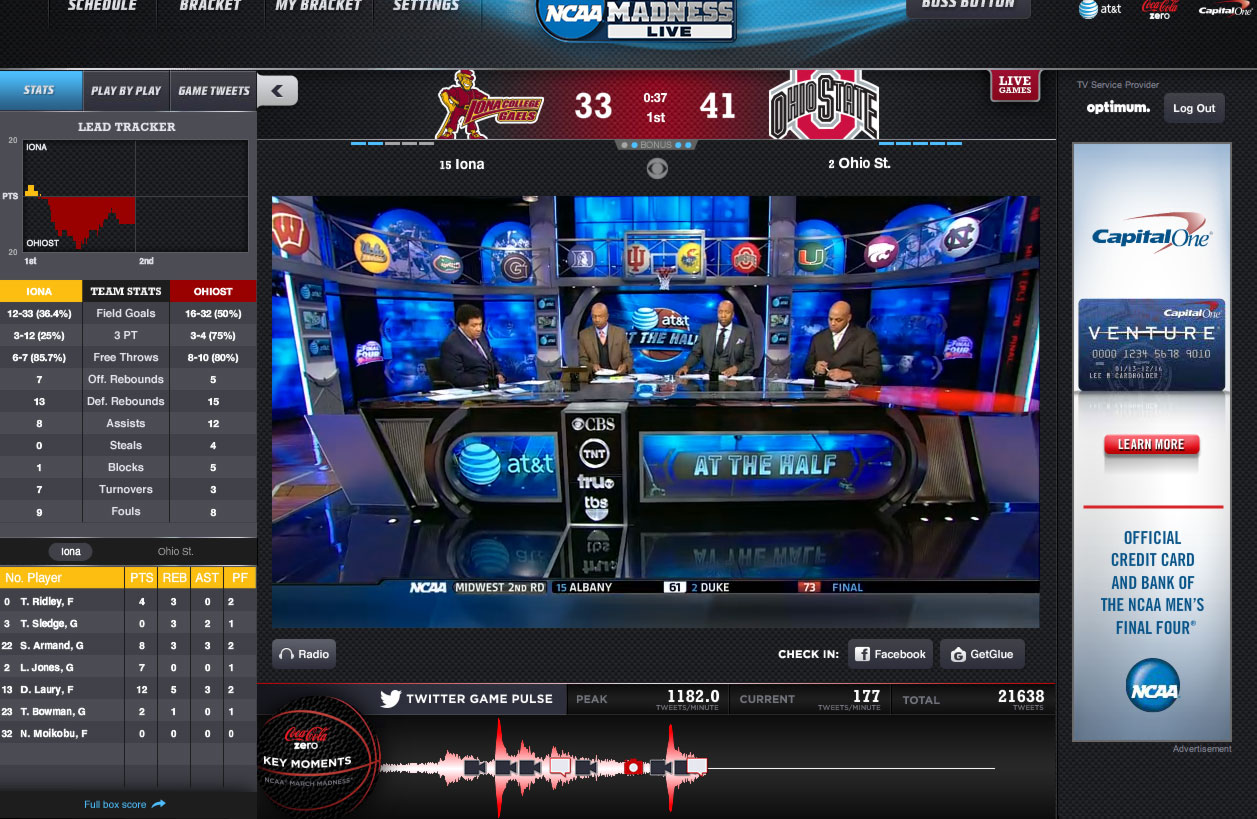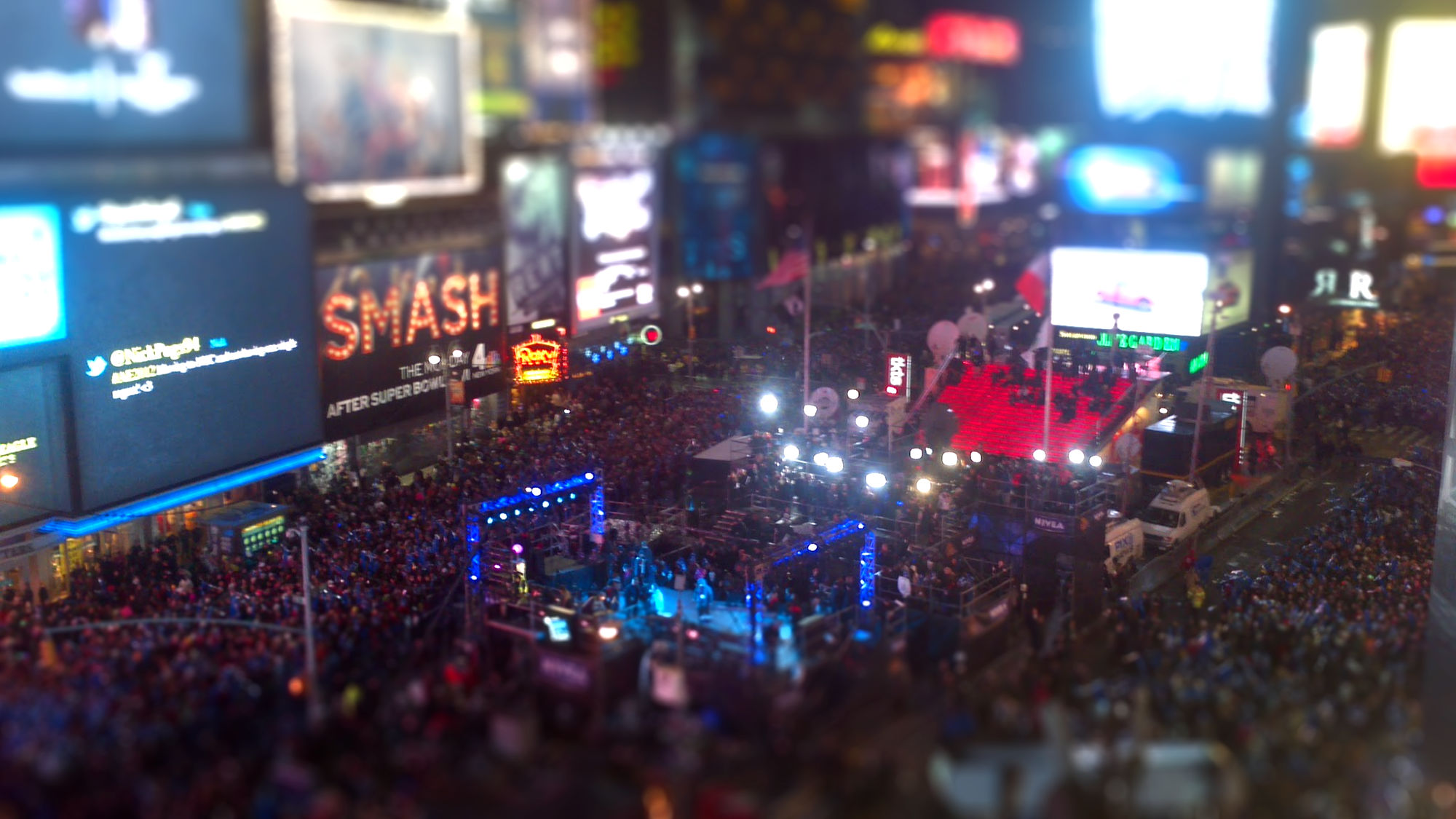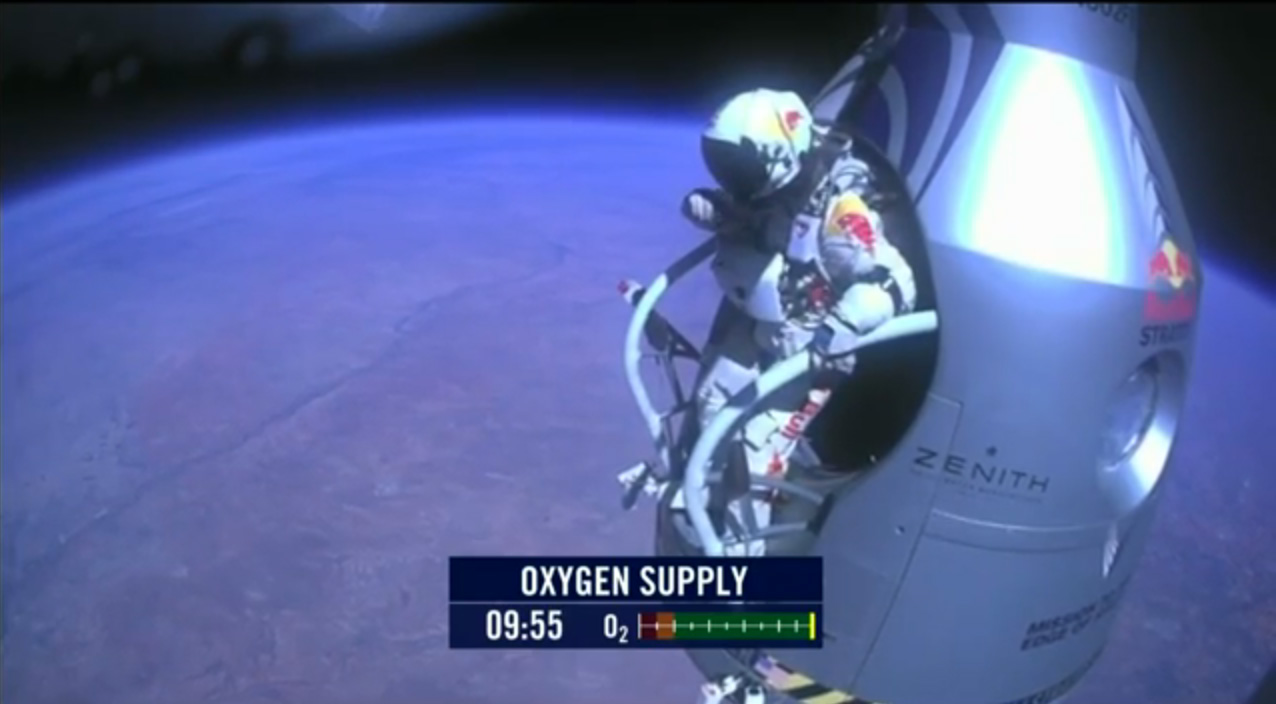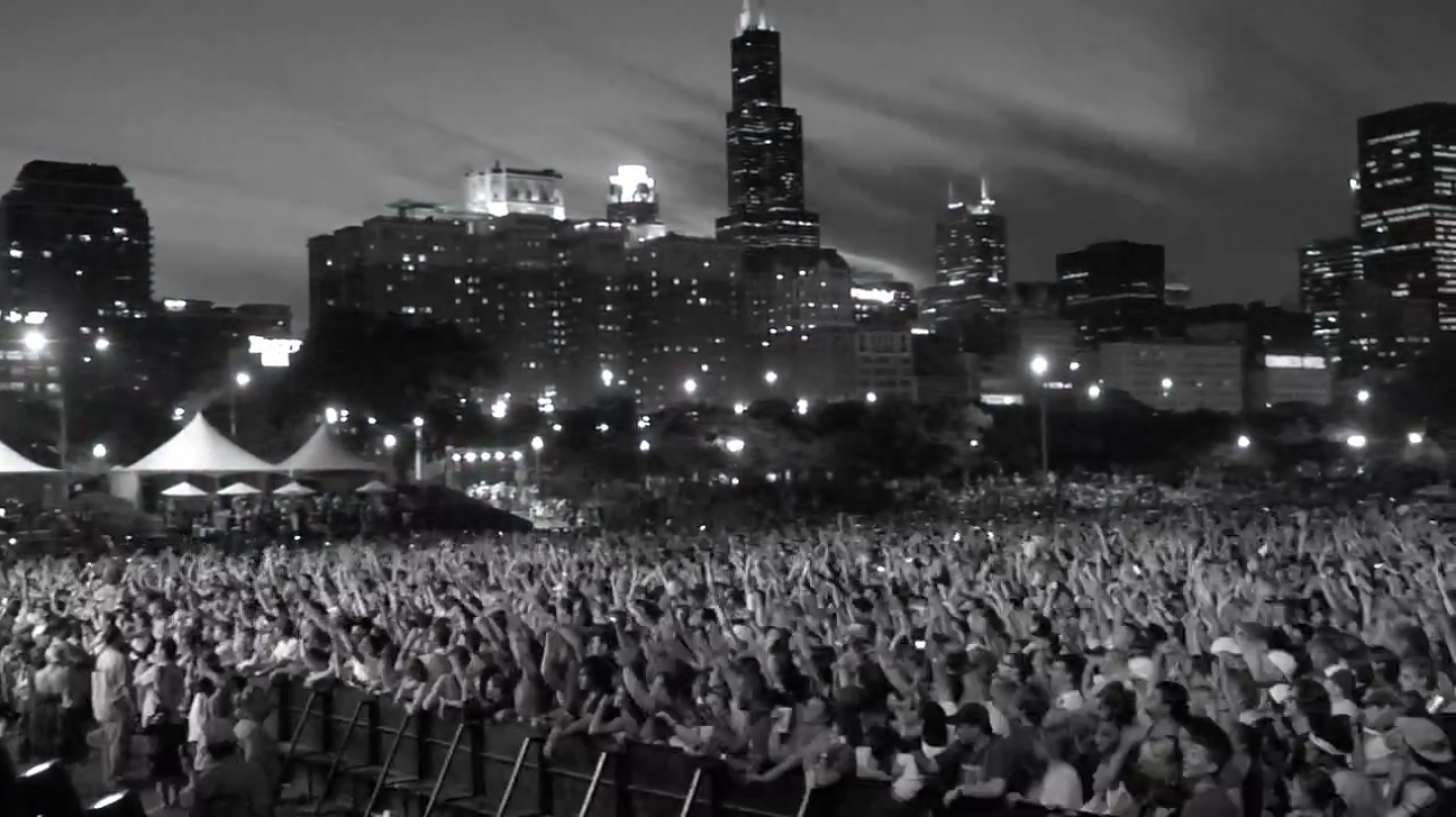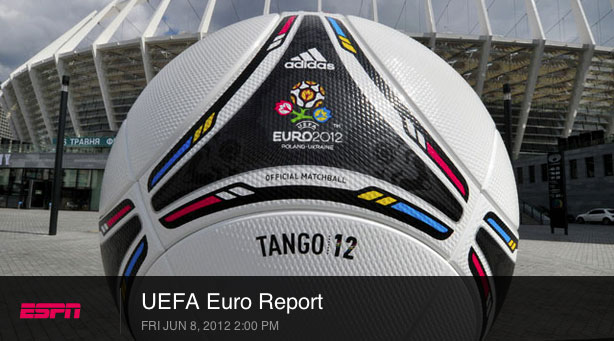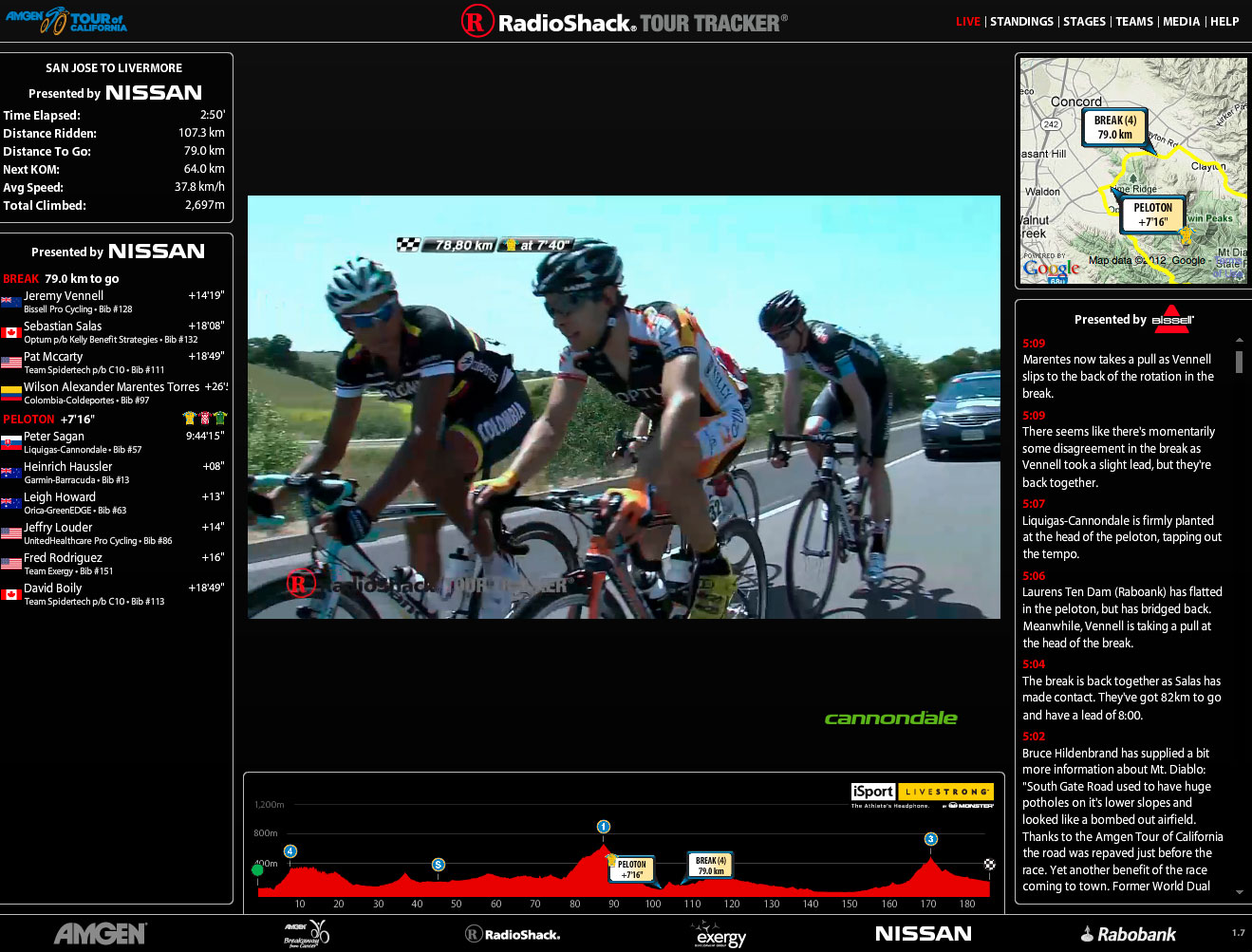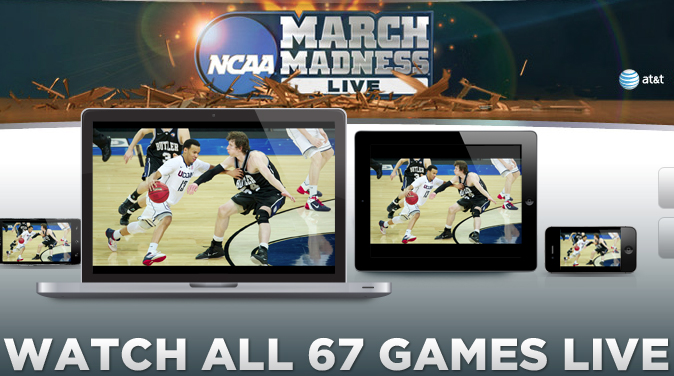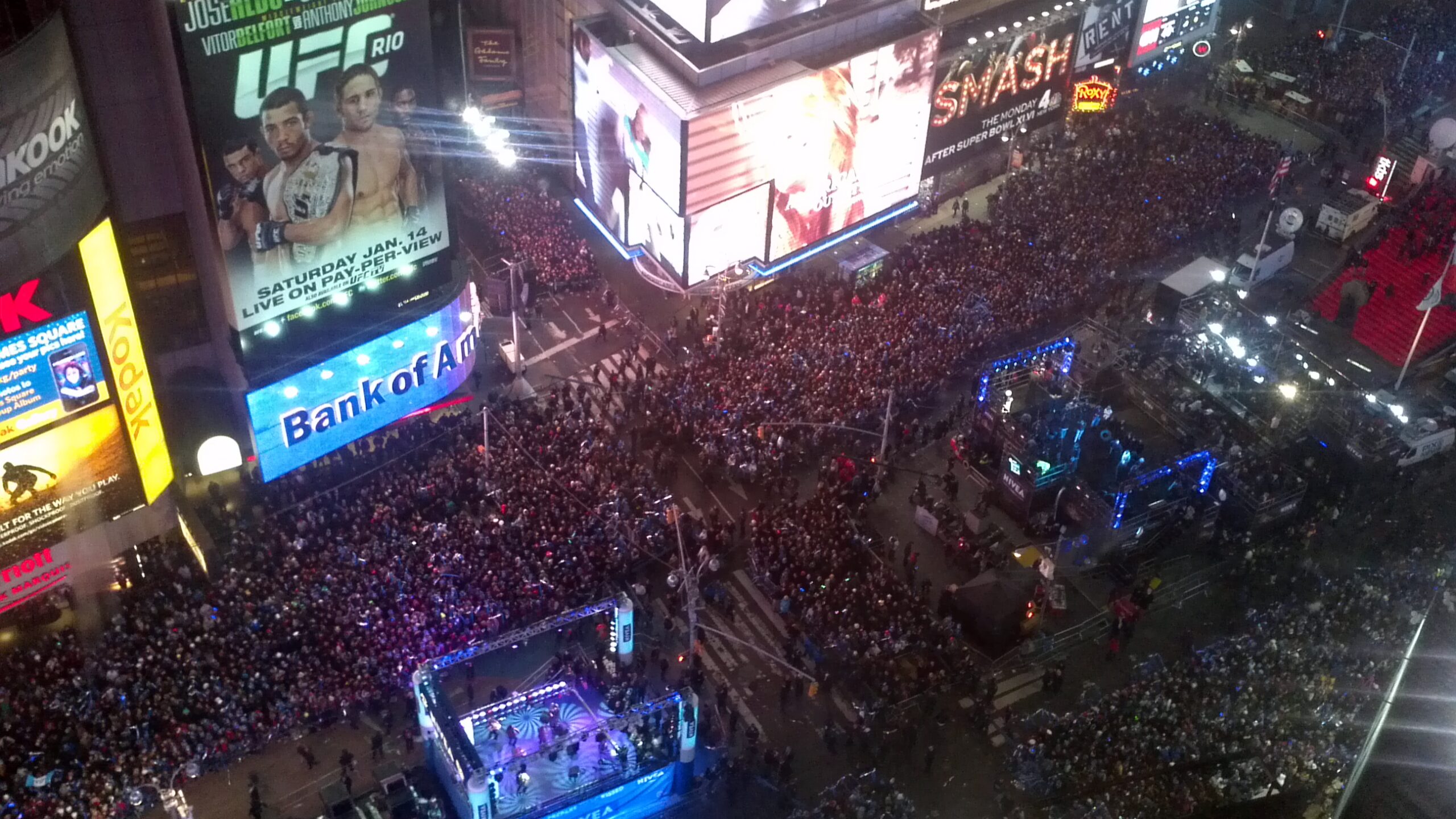
The online streaming of the Superbowl 2013 triggered a diverse set of responses, everything from poor experience to online record. But what happened really? Let’s look at the comments.
Dan Rayburn, streamingmedia.com, criticized the poor video quality and ad experience, and comes to the conclusion online video is not ready to replace traditional television.
For all the people who talk of streaming media technology supposedly replacing broadcast TV distribution, this is just another example of many where one webcast can’t even be delivered to a small audience with HD video, or a reliable user experience. And for those industry folks who want to try and argue that soon we’ll all be streaming in 4K, 3D or using H.265 at 15Mbps – please come back to the real world. [via Dan Rayburn’s blog]
Meanwhile, CBS is more optimistic about the results, but clearly defines the goal as complementary experience, not a replacement.
“Our live stream of Super Bowl XLVII not only set online viewership and social-media records but set the standard for a second-screen sports experience,” Jim Lanzone, president of CBS Interactive, said in a statement. “Our goal was to create an environment that would serve as the perfect complement to CBS Sports’ coverage of the game.” [via NetNewsCheck]
The online version of the Superbowl reached more than 3 million viewers.
So was it a success or a failure?
First, I think it’s not fair to compare the online viewership of an event available on public television with the broadcast numbers. The reality is if TVs are available, it still provides the easiest access to a live event. This is fundamentally different with daytime events broadcasted during office hours, like the World Cup 2010.
Mio Babic, CEO of iStreamPlanet, responds to the quality criticism:
Regardless of what anyone says, there is only one measure that defines the success of an online event: a large majority of satisfied online viewers. [..] On the other hand, others will label events “successful” solely based on their personal experience. In his blog, Dan Rayburn cites what he perceived as Super Bowl Webcast Poor Quality, Player Broken, Bad Experience, highlighting his experience of the webcast and giving some comments on overall reliability and the future of online streaming. [via iStreamPlanet.com]
So what are the ingredients for a positive online streaming experience?
- High quality video delivery. It’s important to use the correct protocols with good caching efficiencies, and to have insight in the quality of service. Multi-CDNs deployments can (but don’t have to) help – it’s mostly relevant if CDN capacity is limited.
- Device support – the more the better, with the right tools to address fragmentation.
- Good advertisement experience, especially for live. Yes, we are still in the early stages, thankfully solutions like Project Primetime are on the rise.
And does digital distribution mean less advertisement opportunities?
Let’s look at the superbowl ads, almost all with hashtags. Online and social media are a critical component to complement and amplify the broadcast ads. Furthermore, the blackout created a great opportunity for Oreo’s advertisement tweet. It went viral, and CNET declared it the Superbowl marketing winner. Digital is already an essential part of broadcast advertisement.
In addition, online video advertisement is becoming smarter and more targeted. Combined with significantly better interactivity, it provides IPTV and online delivery an advantage over traditional broadcast. It won’t be available for free, without ads, or without subscription – but with a working business model, the technology will follow.










